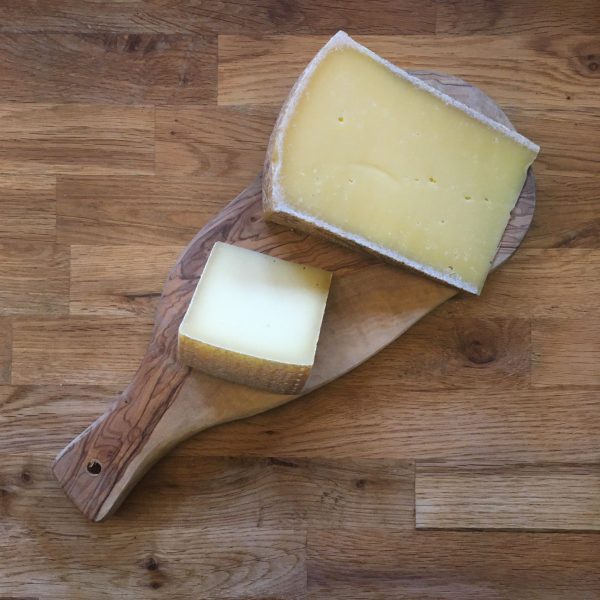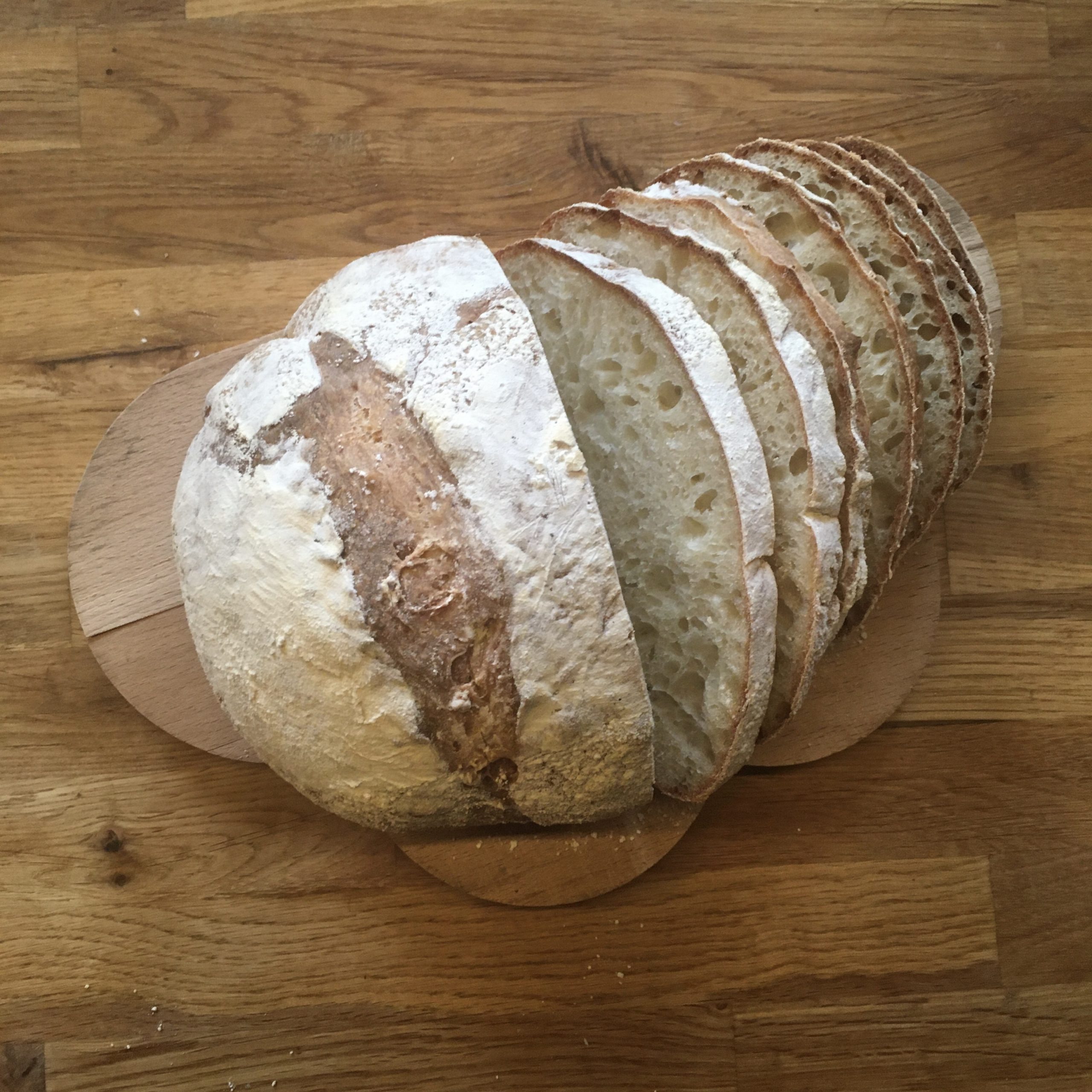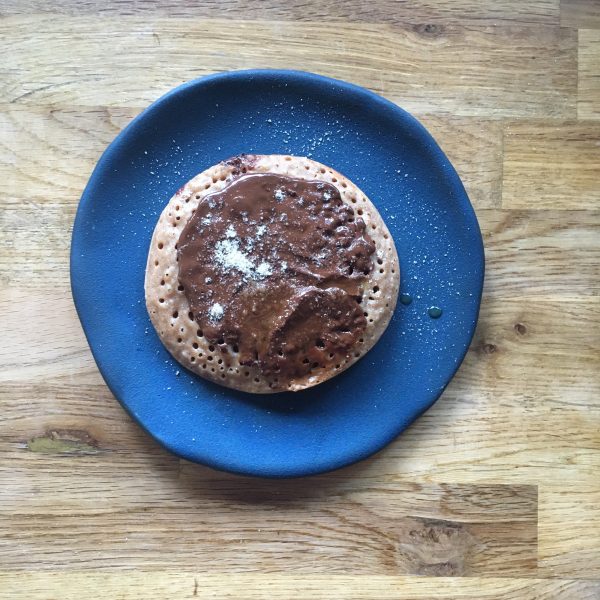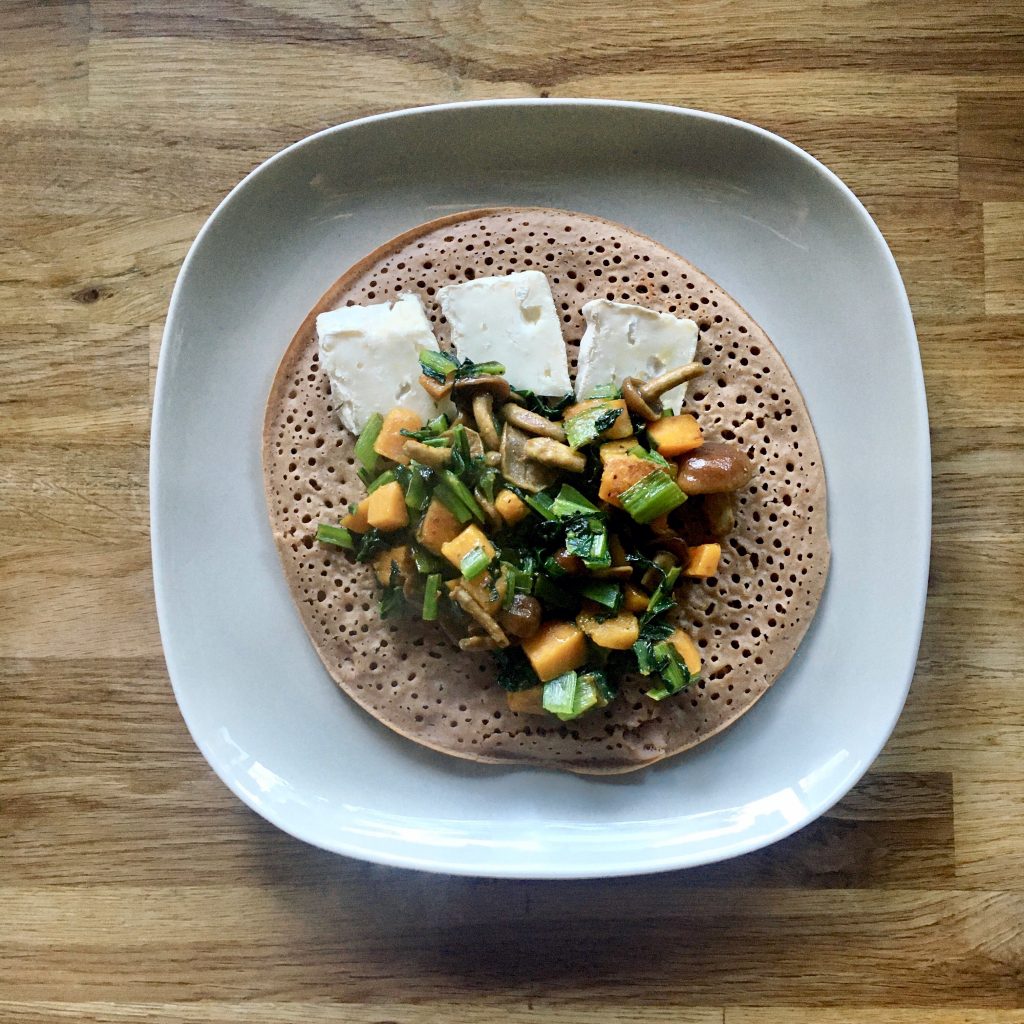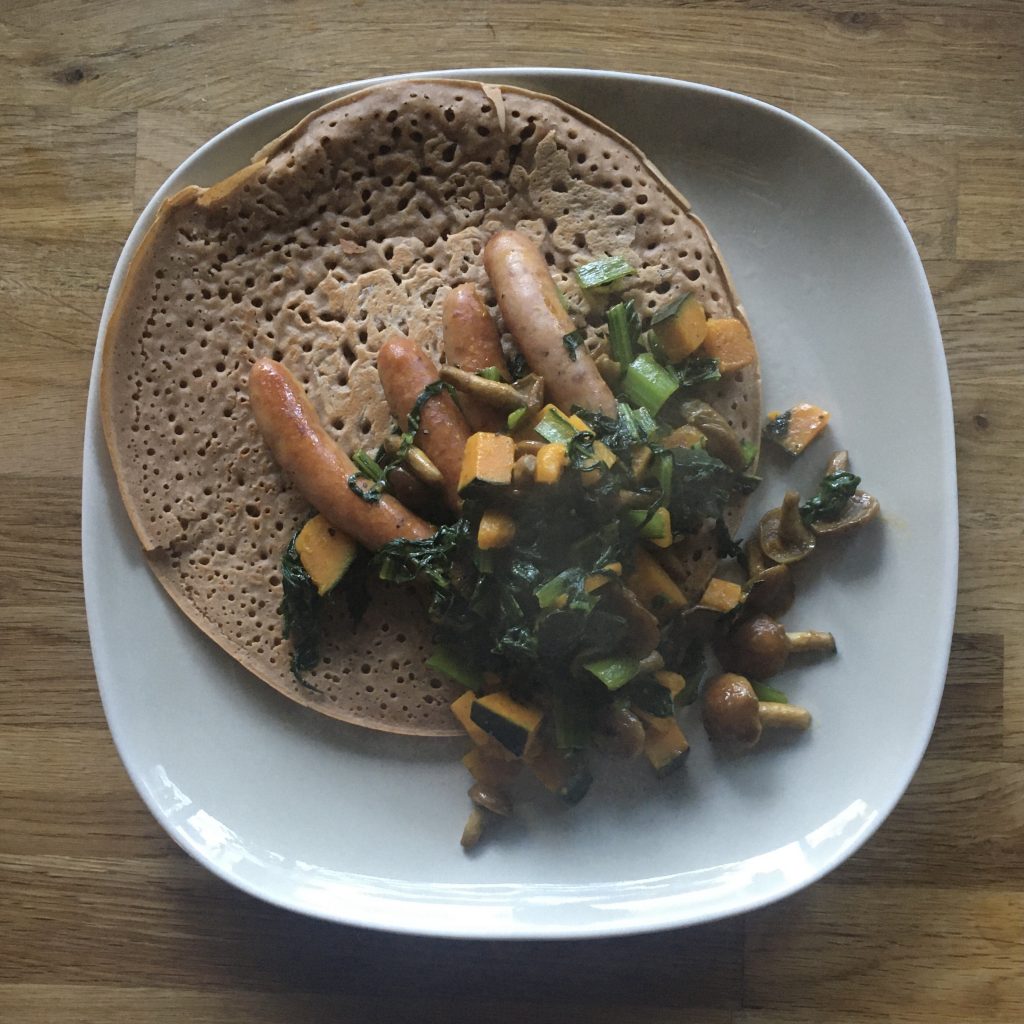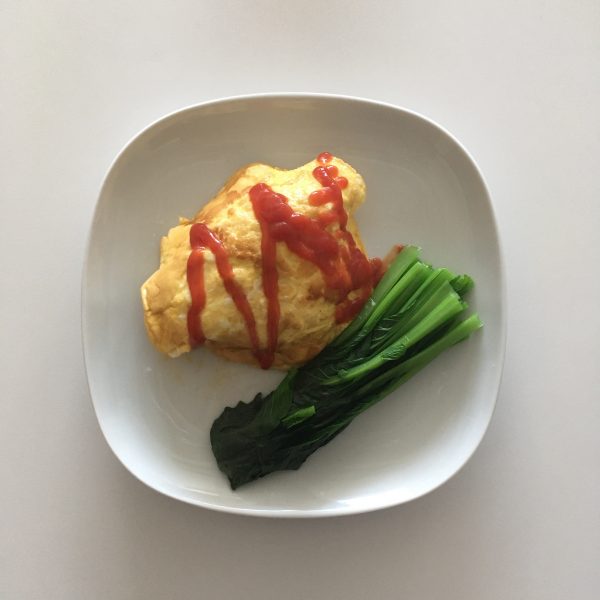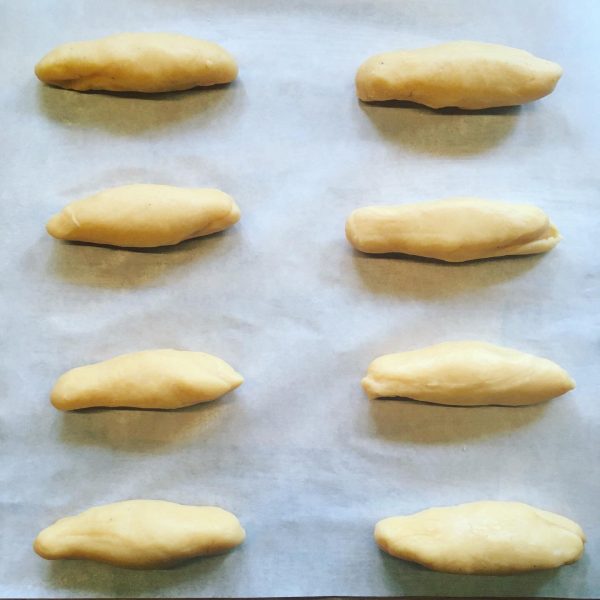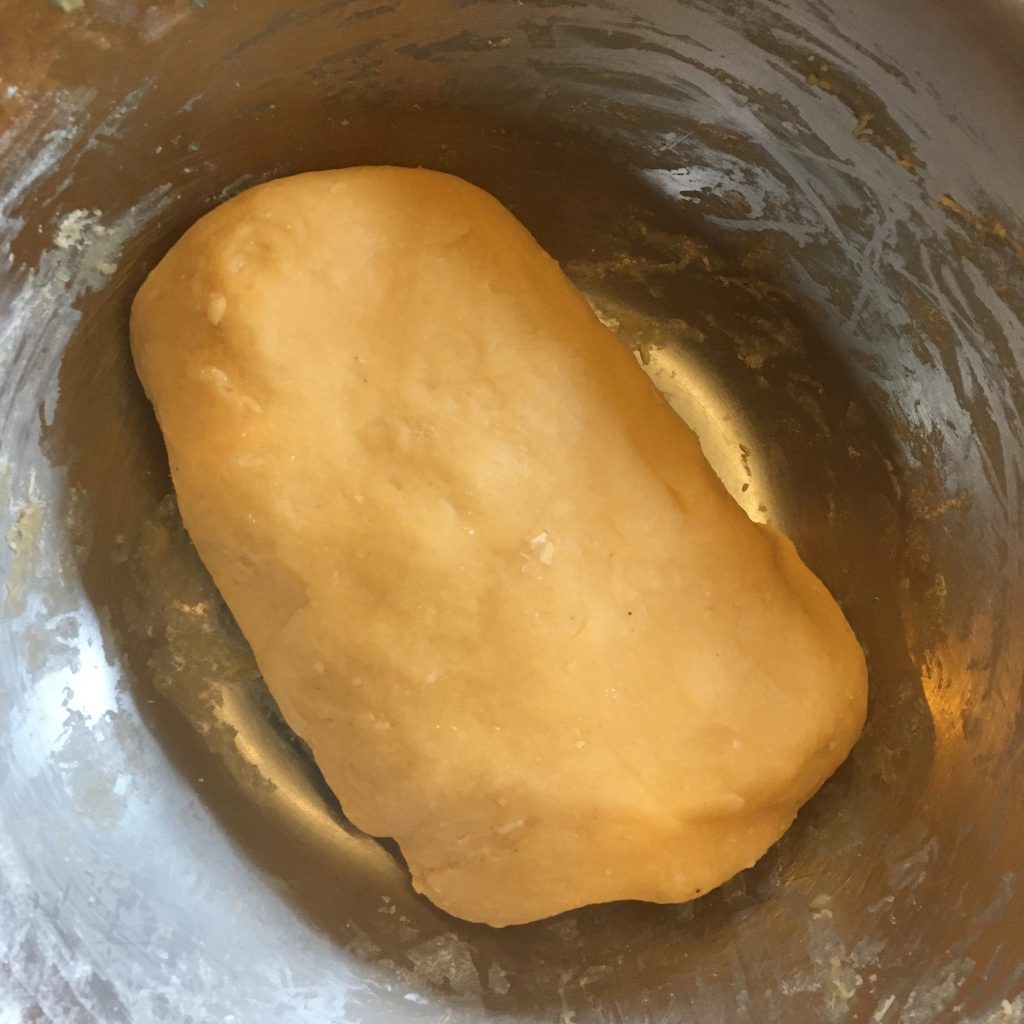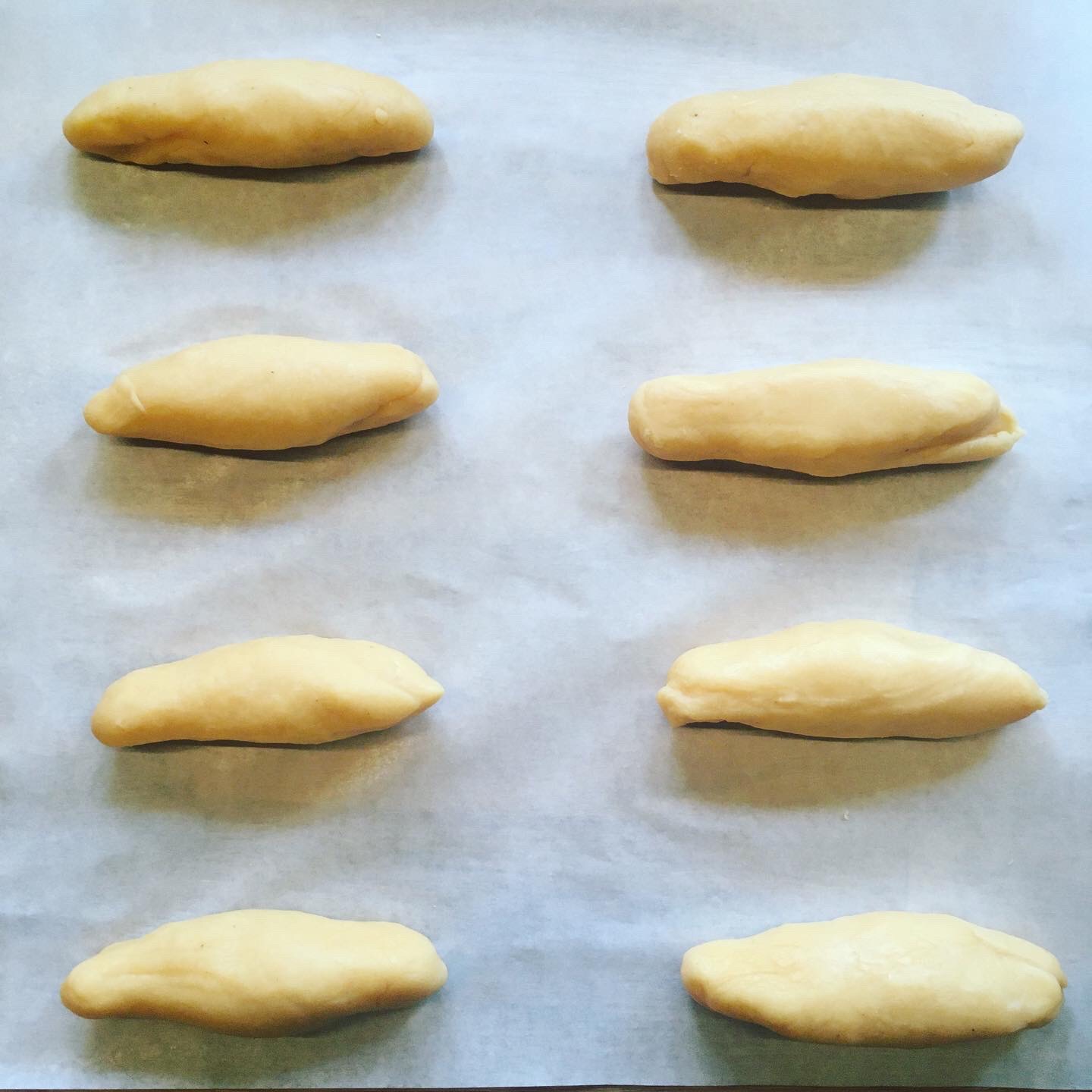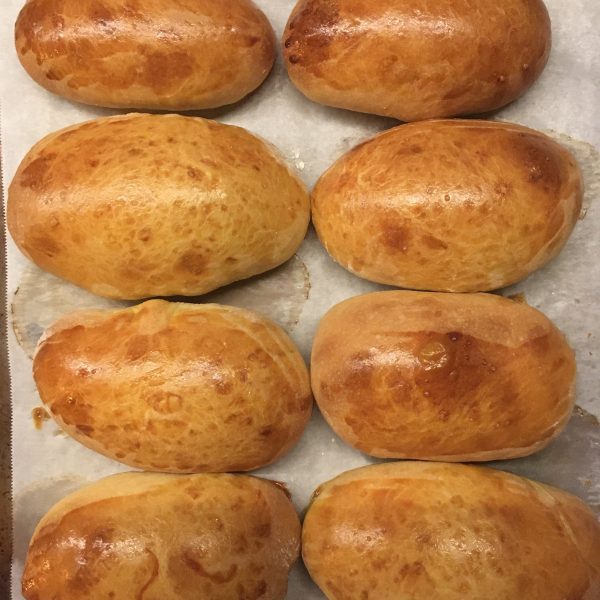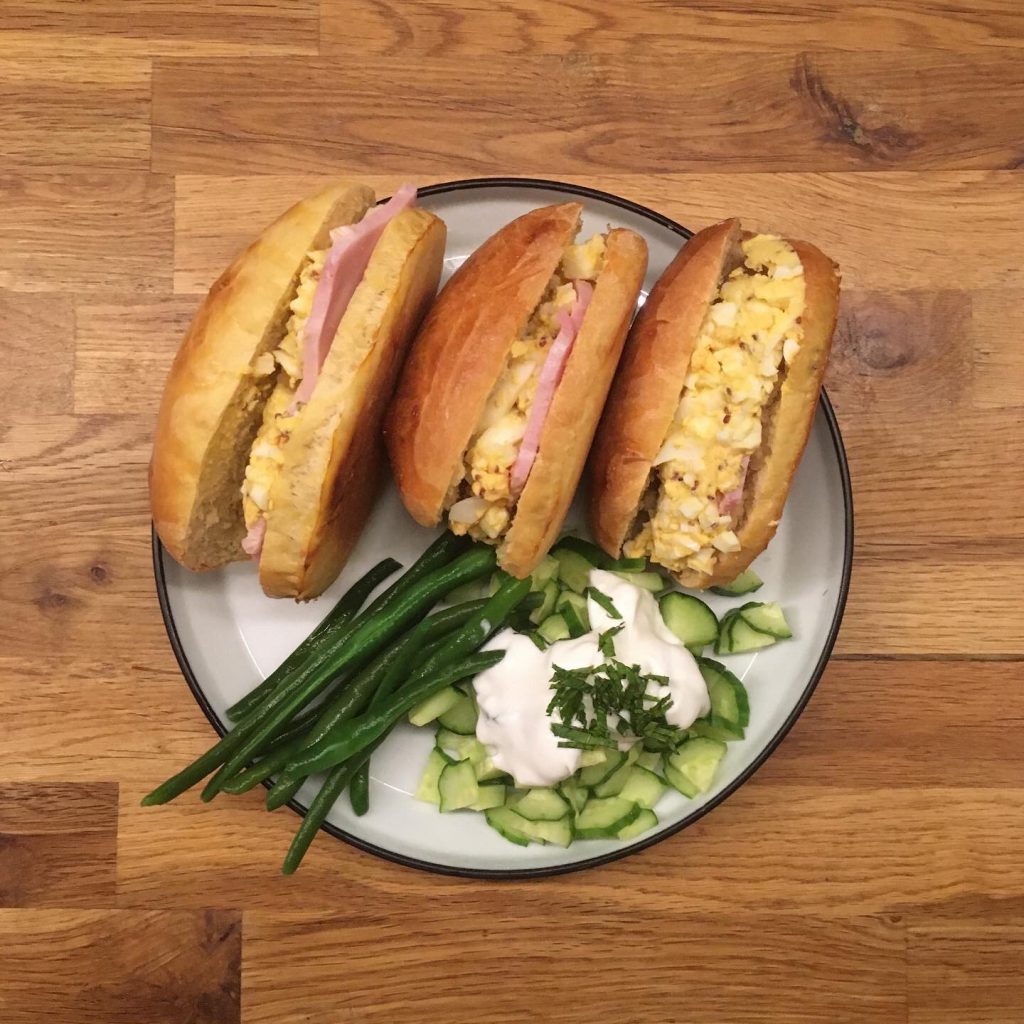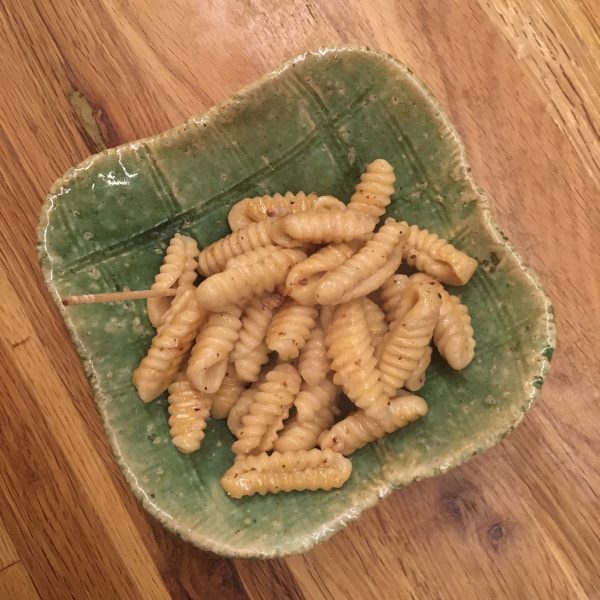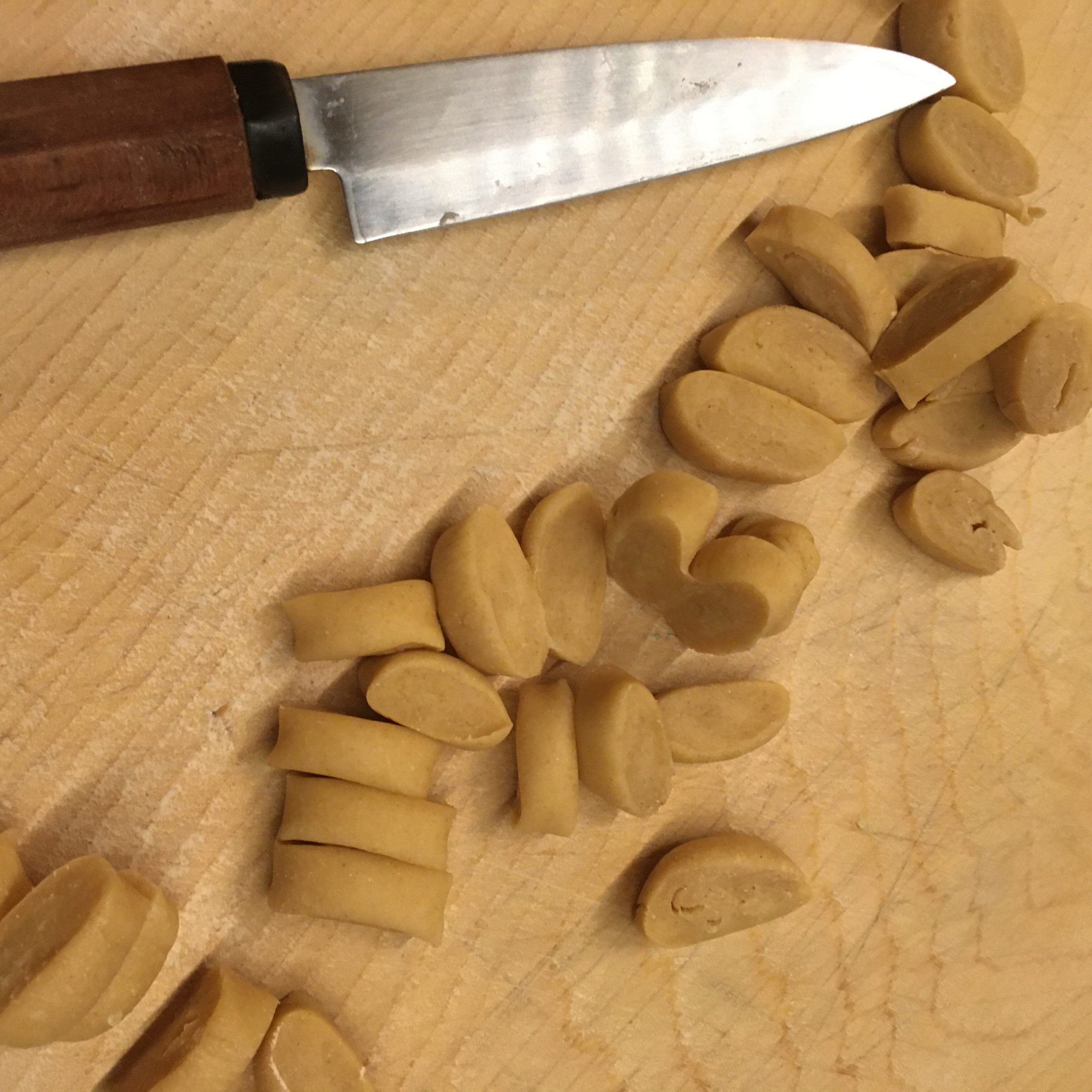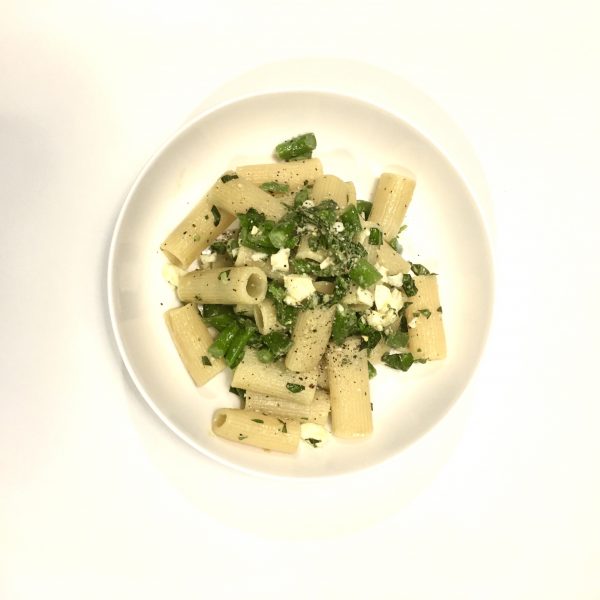In France, on February 2nd, it’s Chandeleur. A quick search on the internet told me that it’s Candlemas, a Christian celebration, 40 days after Christmas, the presentation of Jesus to the temple (thanks Wikipedia for enlightening my ignorance), but for me Chandeleur was just the day we ate crepes. A most awaited time as for some obscure reason my mum wouldn’t flip crepes often and we would for sure have some on February 2nd!!! One of my mother traditional savory filling was béchamel and ham, while I did like it then, I now barely prepare béchamel. A. doesn’t like it and I find it a bit heavy unless it is to eat with leeks or mushrooms only. My crepes filling is usually very simple: spinach, mushrooms, ham or prosciutto, eggs, cheese. Usually no more than two at the time, we are eating crepes not a kind of “put it all”… and it’s s good excuse to have a few crepes with different filling combinations!!!
To be honest, I care a lot less now of Chandeleur, because, as you may know if you follow me on Instagram, I flip crepes more often then I don’t! Crepes are my quick fix for a snack treat and A. loves them. And once in a while we also have savory crepes, or more precisely galettes, because I cannot help but love buckwheat crepes. I like them simple, with some vegetables and eggs, or ham and melted cheese. So over time I realize I have been skipping Chandeleur quite often, but who cares? As soon as you have a good crepe basic recipe you can make them anytime and realize how easy it is! You can easily change the wheat flour by 2/3 of buckwheat in my recipe to make galettes, you can even increase more the percentage of buckwheat, but don’t forget that with wheat comes gluten and with gluten comes consistency and firmness, so going gluten free means more cooking time before flipping and extreme carefulness in handling.

I don’t have a shallow crepes pan so I simply flip them in a large non sticky frypan slightly greased with butter, and it works perfectly well, no need to clutter the kitchen with this kind of goodies!

Have a good crepes flipping if you are planning to make some! I made some last week so I’ll pass today! Oh! And this year Setsubun 節分 is on February 2nd (it usually is on 3rd or 4th)… a celebration to welcome the new season (spring) that I love very much. I prefer by far traditions that are linked to seasons cycles or natural events rather than religions, so let’s throw beans to chase the evil out and hope for a quiet and peaceful home and year for everyone.

